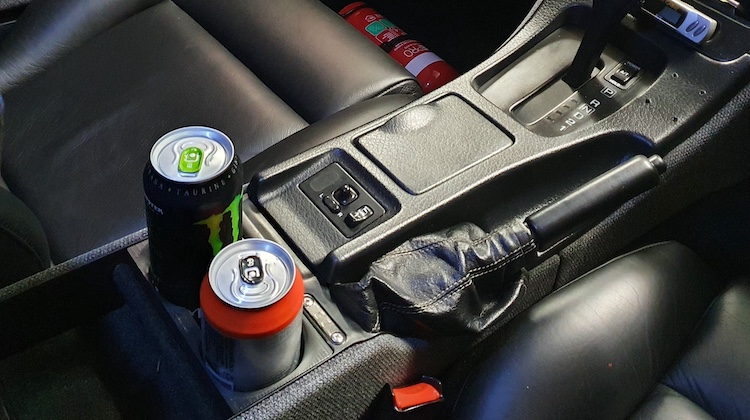
While most automotive engineers focus on engines or safety systems, Chris Fischer has carved out one of the industry’s most unexpectedly complex niches: he’s Nissan’s lead engineer for cup holders.
His role and the challenges his team faces are more intricate than they appear, Fischer recently told Design News.
“In the U.S. market specifically, it’s a huge deal because we have so many things that people bring into the car with them,” he said. “Running the gamut from small to super large, it’s really difficult to find that perfect space.”
Fischer’s work begins in the earliest stages of vehicle development, when the car exists only as sketches and clay models. His team collaborates closely with designers, who naturally gravitate toward clean, circular cup holders for aesthetic reasons. But real-world testing reveals they seldom work.
“The styling guys love these circular cup holders. They look really nice in the vehicle,” Fischer said. “You get a coffee cup or a mug with handles, and they don’t work.” That realization led to the now-common connected channels between cup holders—essentially creating space for mug handles.
The engineering challenges multiply when considering depth. Make cup holders too shallow, and tall bottles tip over. Make them too deep, and shorter cups disappear entirely—often causing lids to pop off and spill contents into the console. To find the most versatile dimensions, Fischer’s team tests a wide range of containers, from Starbucks cups to Hydro Flasks.
They use both physical prototypes and virtual modeling, sometimes painting clear cups brown to make them easier to scan digitally. The goal is to identify problems before manufacturing expensive parts.
Fischer’s influence extends beyond the cup holders themselves.
For example, the shift toward push-button and rotary gear selectors partly stems from the need to create more console space. “In vehicles like the new Murano or the new Armada, we’ve gone to push-button shifters,” Fischer explained. “Then it flattens out that whole area. When you’re grabbing your cup, there’s no space intrusion from the shifters.”
Looking ahead, Fischer sees opportunities for enhancements like LED lighting or temperature-control pads. But the fundamental engineering challenge of cup holders is largely solved. “It’s one of those things that we’ve really kind of dialed in,” he said. “I think the way it looks is where we can really take the next step without giving up its usefulness.”
The existence of Fischer’s role highlights how modern automotive development addresses even the most seemingly mundane aspects of the driving experience. While cup holder engineering might not generate headlines like autonomous driving technology, it reflects the same systematic approach to solving real-world problems that drivers encounter daily.
For the full story, read: Nissan Engineer Reveals Challenges & Innovations in Automotive Cupholder Design.
Recent Comments